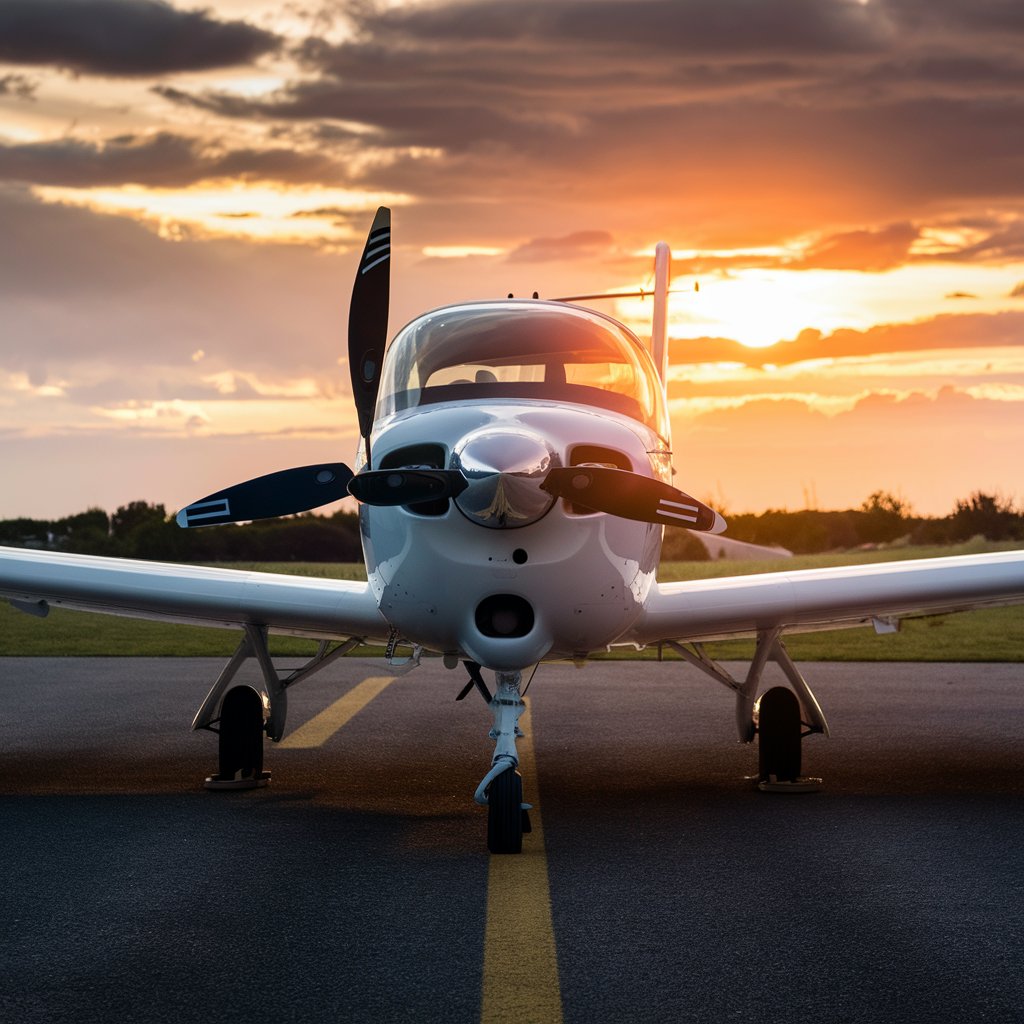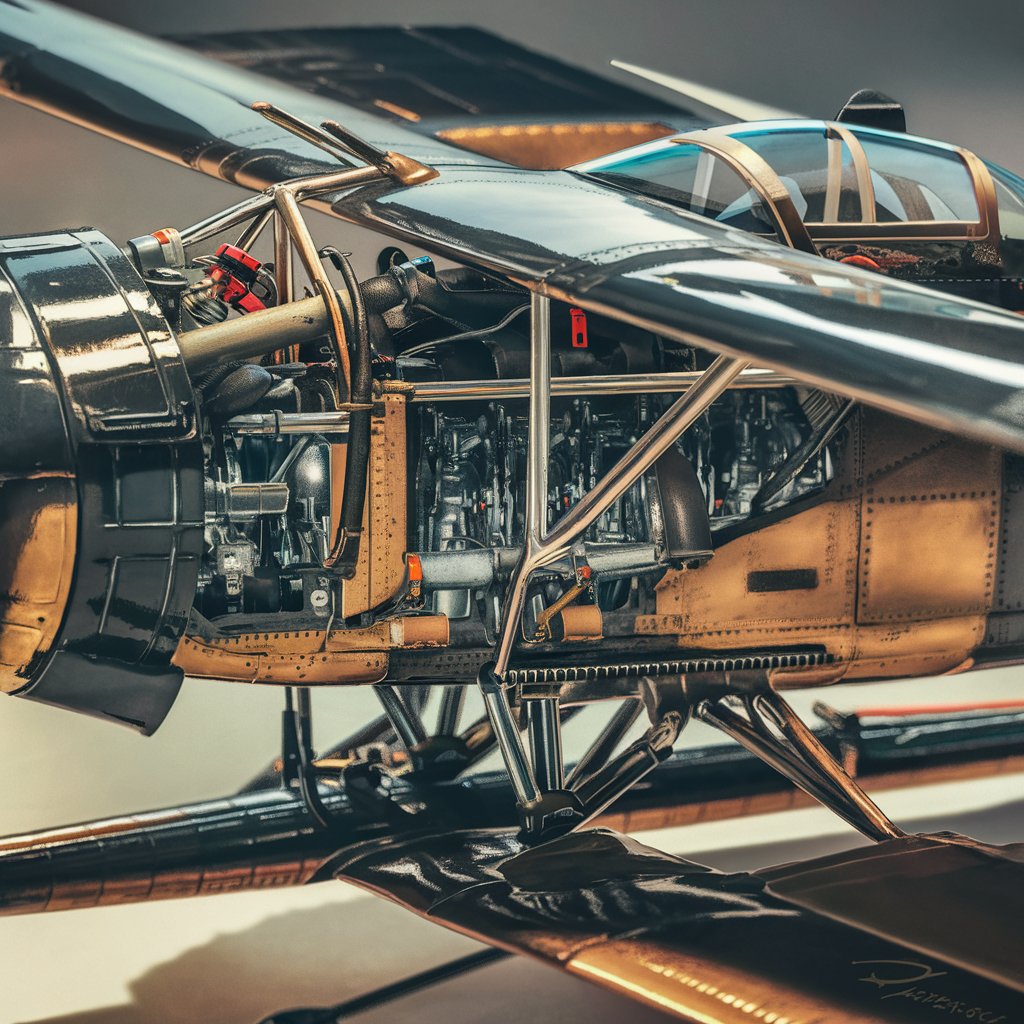
Aircraft detailing is an essential practice in aviation maintenance, ensuring that aircraft not only look their best but also maintain their structural integrity and performance. This comprehensive guide will delve into the importance of aircraft detailing, the processes involved, and the benefits it offers. By understanding these aspects, you can keep your aircraft in top condition, enhancing its appearance and longevity.
Understanding Aircraft Detailing

Aircraft detailing involves thorough cleaning, polishing, and protecting the exterior and interior surfaces of an aircraft. It goes beyond basic cleaning, focusing on meticulous attention to detail to preserve the aircraft’s aesthetics and functional aspects.
Why Aircraft Detailing is Important
Regular aircraft detailing is crucial for several reasons:
- Safety and Performance: Removing dirt, grime, and contaminants from the aircraft’s surface can prevent corrosion and other damage, ensuring optimal performance and safety.
- Aesthetic Appeal: A well-maintained aircraft enhances its appearance, reflecting positively on the owner or operator.
- Longevity: Detailing protects the aircraft’s surfaces, extending the life of its components and reducing the need for costly repairs.
The Aircraft Detailing Process
The detailing process involves several steps, each crucial for achieving a pristine and protected aircraft.
Exterior Detailing
- Washing:
- The first step in aircraft detailing is a thorough wash to remove surface dirt and grime. Specialized cleaning agents designed for aircraft surfaces are used to ensure effectiveness without causing damage.
- Decontamination:
- This step involves removing contaminants like bugs, tar, and industrial fallout that can adhere to the aircraft’s surface. Clay bars and chemical decontaminants are often used.
- Polishing:
- Polishing restores the aircraft’s shine by removing minor scratches and oxidation. This step enhances the appearance and prepares the surface for protective coatings.
- Protective Coatings:
- Applying protective coatings such as wax, sealants, or ceramic coatings helps protect the aircraft’s exterior from UV rays, oxidation, and environmental contaminants.
Interior Detailing
- Vacuuming and Cleaning:
- The interior detailing process starts with vacuuming and cleaning all surfaces, including seats, carpets, and panels. Special attention is given to high-touch areas.
- Leather Conditioning:
- Leather seats and surfaces are conditioned to prevent cracking and maintain a supple appearance.
- Sanitization:
- Sanitizing all interior surfaces is crucial for passenger safety and comfort, especially in the current health-conscious environment.
Engine Detailing
- Degreasing:
- The engine compartment is degreased to remove oil and grime buildup. This helps in identifying potential issues and maintaining performance.
- Protective Coating:
- A protective coating is applied to engine components to prevent corrosion and ensure long-term reliability.
READ MORE:
- Elevate Precision: Aircraft Drill Bits for Aviation Experts | aircraft drill bit
- Premier Aircraft Sales: Comprehensive Aircraft Management and Leasing Services
- Explore High-Quality Aero Parts for Aerospace Industry | Aero Parts Supplier
- Unlock Your Creativity with Aircraft Drawing Techniques | Learn to Draw Aircraft
Benefits of Professional Aircraft Detailing
Opting for professional aircraft detailing offers numerous benefits:
- Expertise and Equipment: Professional detailers have the expertise and specialized equipment to perform thorough and safe detailing.
- Time-Saving: Professionals can complete the detailing process efficiently, saving you valuable time.
- Enhanced Value: Regular professional detailing can enhance the aircraft’s resale value by maintaining its condition and appearance.
Choosing the Right Aircraft Detailing Service
When selecting an aircraft detailing service, consider the following factors:
- Reputation and Experience: Choose a service with a proven track record and extensive experience in aircraft detailing.
- Certifications: Look for certifications or affiliations with reputable aviation maintenance organizations.
- Custom Services: Ensure the service offers customized detailing packages to meet your specific needs and requirements.
Conclusion
Aircraft detailing is a vital aspect of aviation maintenance, offering benefits that extend beyond aesthetics. By understanding the detailed process and choosing a professional service, you can ensure that your aircraft remains in top condition, both visually and functionally. Regular detailing not only enhances the aircraft’s appearance but also contributes to its safety, performance, and longevity, making it a worthwhile investment for any aircraft owner or operator.
